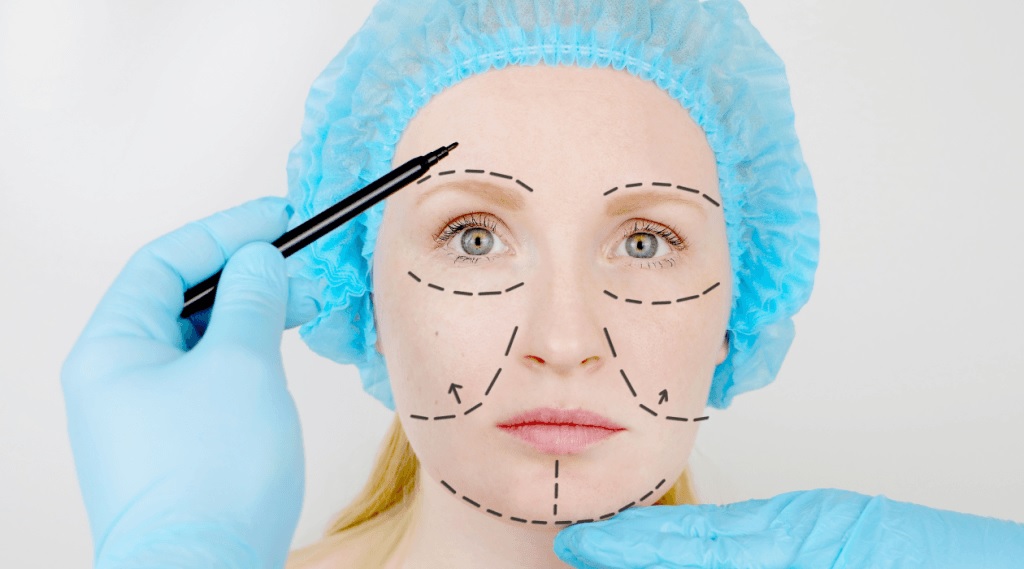So you finally circled that date on the calendar, braced yourself for a little anxiety, and came through your facial plastic surgery. Whether you went for a subtle tweak or something more noticeable, the after part—recovery—can feel like its own challenge.
Honestly, a bit of swelling, bruising, and the temporary “Did I make a mistake?” doubts are all part of the ride. Take a breath. With some patience and the right steps, you’ll be glad you took this leap. Here’s how to make the healing process just a little smoother.
Take It Slow and Listen to Your Body
Rest might sound boring when you’re itching to get back into your routine, but your body really does need a break. This isn’t the week to run errands or power-walk around the block. Propping your head up with extra pillows while you sleep will help reduce swelling (give the whole “sleep like a queen” idea a shot). Don’t be surprised if your energy levels bounce up and down for a few days—perfectly normal.
If you’re not sure what your body is saying, reach out to your doctor. Following your surgeon’s instructions to the letter can make a huge difference.
Keep Swelling and Bruising in Check
Those puffy, colorful patches on your face? Annoying, but they fade. Using a cold compress during the first day or two can help keep swelling in line. Lay it over the spot for about 10 to 20 minutes at a time, then take a break. Don’t apply ice directly—that’s a one-way ticket to skin irritation. And resist the temptation to touch, poke, or press sore spots, no matter how curious you might be.
A little patience goes a long way. Don’t rush into activities or medications (even those over-the-counter painkillers) without checking with your doctor first.
Stay Ahead of the Healing Game With Good Habits
Now is not the time to skip meals or munch on chips all day. Your body repairs itself better with plenty of water and healthy food—think fruits, veggies, and protein. Avoid salty foods, which can add to swelling. That morning coffee is fine, but chugging energy drinks or cocktails? Not so much until your doctor gives you the green light.
Keep your skin clean, but don’t scrub at stitches or bandages. Air-dry your face if you must, and swap the steamy, hours-long showers for short, cool ones for a bit.
Watch for Warning Signs
While discomfort and bruising are normal, keep an eye out for fever, strange drainage, or redness that gets worse instead of better. If something feels “off,” trust your gut and get in touch with your care team. It’s always better to ask than to worry quietly.
Give Yourself Time and Grace
Let’s be real: healing isn’t always pretty, quick, or glamorous. There may be bandages, odd sensations, and days you wonder if you’ll ever look “normal” again. You will. Take photos if you want (sometimes progress isn’t obvious until you look back) and celebrate each tiny step forward.
Recovery isn’t just about the physical changes; it’s about letting yourself heal inside and out. Set aside a favorite book, a playlist, or a good movie, and know that better days—and your best reflection—are just ahead.






